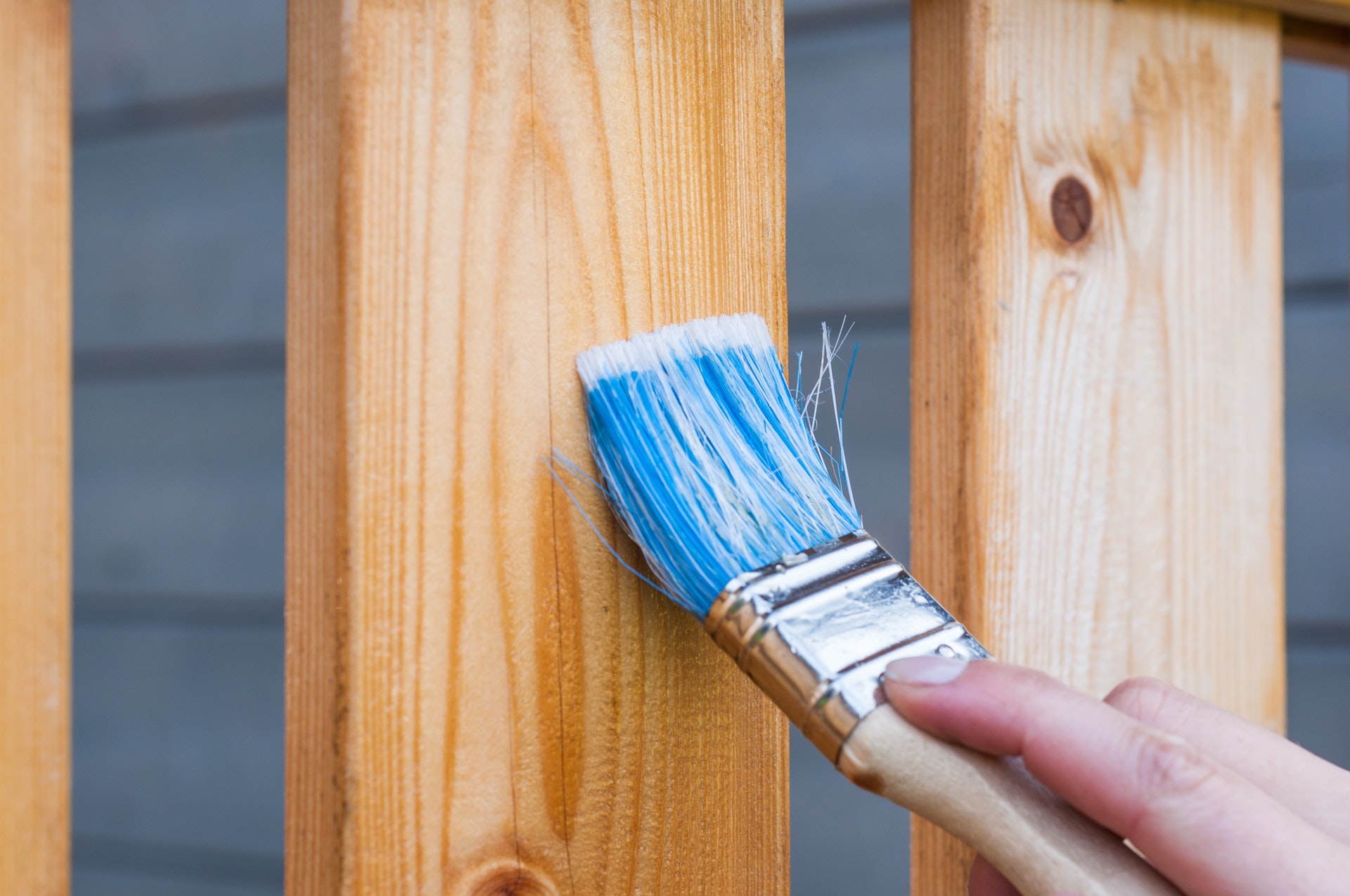Homeowners can borrow against the equity they have built up in the home as mortgage payments continue to be made each month to pay down the balance while values continue to rise, with home equity loans and home equity lines of credit (HELOCs). These popular borrowing methods are similar as they both use home equity as collateral (typically only up to 80% of the home value), have qualifying terms based on credit, income, and assets, and can be used for virtually any reason. Common uses for the proceeds are for funding a home improvement project such as a kitchen or bathroom remodel, for debt consolidation combining multiple balances into one manageable payment with an interest rate lower than a typical credit card, or even to pay for a family vacation. A third loan option is with a cash-out refinance, but the process and fees are much more inflated compared to an equity loan and borrowers may opt to avoid. So, if you’re looking to proceed with either option, it’s good to know the major differences.
How You Receive the Funds
A home equity loan works like any other loan, as you’re approved for a certain amount, and at closing you will receive a check for the entire sum to be spent how you want, with payment terms based on the full amount. With a line of credit, it works like a credit card in that you will be approve for a line amount and you can withdraw funds up to that amount. If you only use say, $20,000 out of the $40,000 you are approved for, you will only pay back the balance on what you borrow. This way if you’re funding a home improvement project that can have fluctuating costs associated, you have available credit to pull from when needed.
Interest Rates Affect the Payment
Since the equity loan is like a traditional loan, you will have a fixed interest rate that will last the entire life of the loan, whereas the line of credit is likely variable, which takes in account the market rate, plus any margin costs. This could be scary as rates can increase or decrease, although you could have a clause built in with maximum allowable rates, this can still be a wide range.
Could a Cash-Out Refinance Be a Better Option
While not the easiest option as the mortgage process can be quite stressful in general, but refinancing your current mortgage and taking out a higher loan amount for extra cash out is an option as well. Keep in mind that since this is a new first mortgage, there will be lender, appraisal, title as part of the closing costs. You may need to weigh how many years you plan to be in the property if it makes sense to spend the few thousand in closing fees right now to gain access to the funds. The good thing about a new refinance though is you can spread the payments over 30 years, likely hardly noticing a difference in the increased payment, at least less than you would with an equity loan that maxes out with terms around 15 years or so.




 POSTED BY
POSTED BY 

